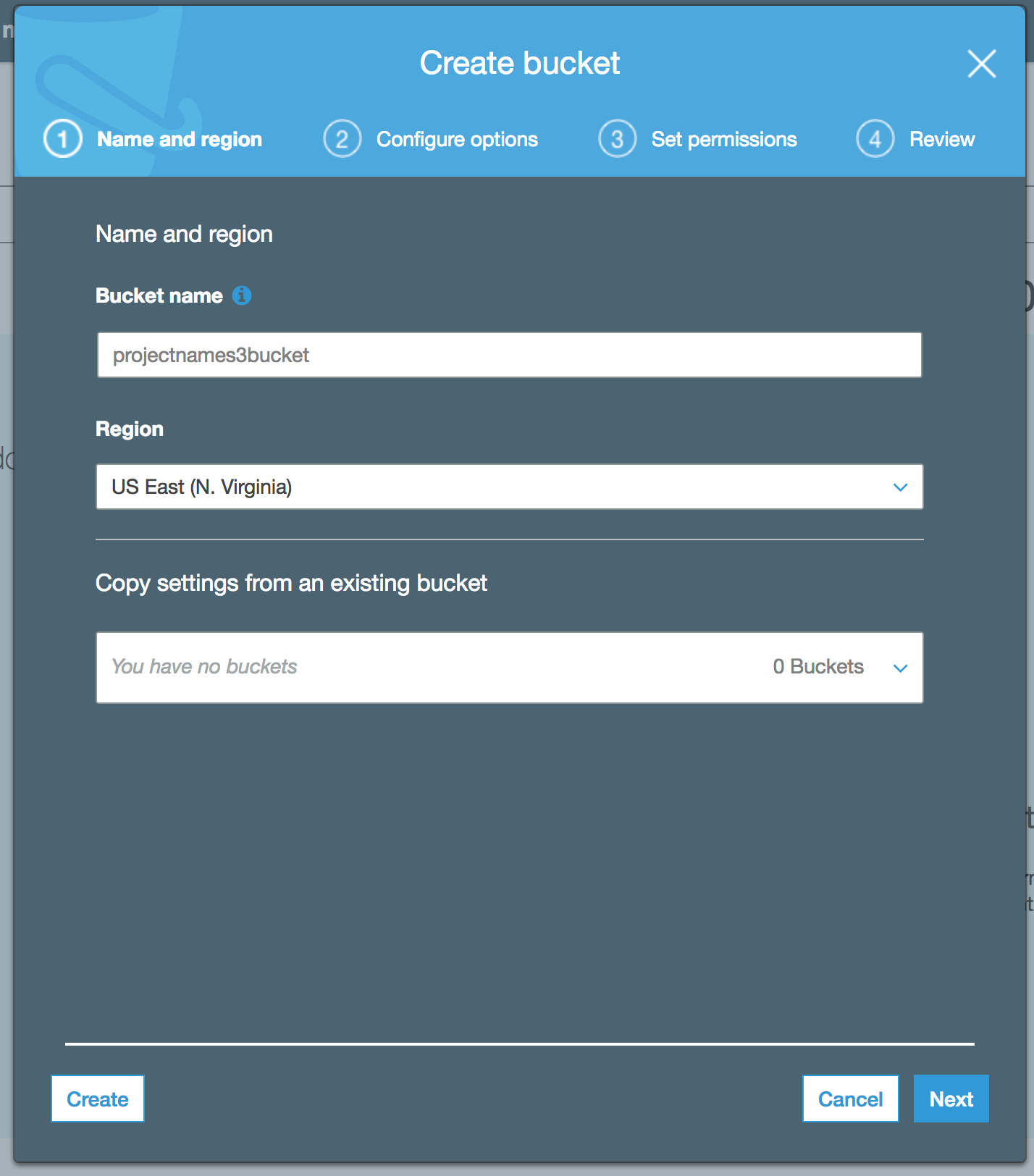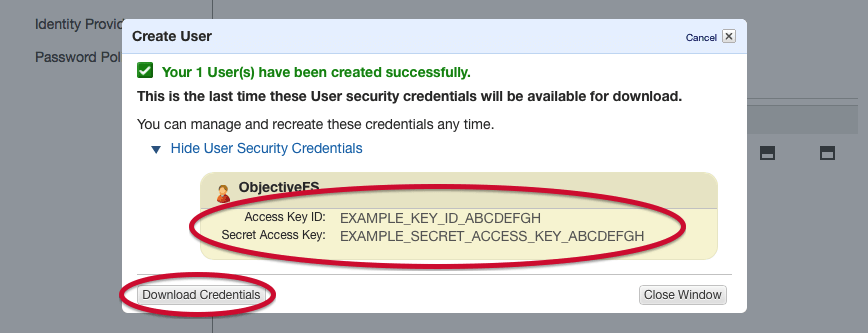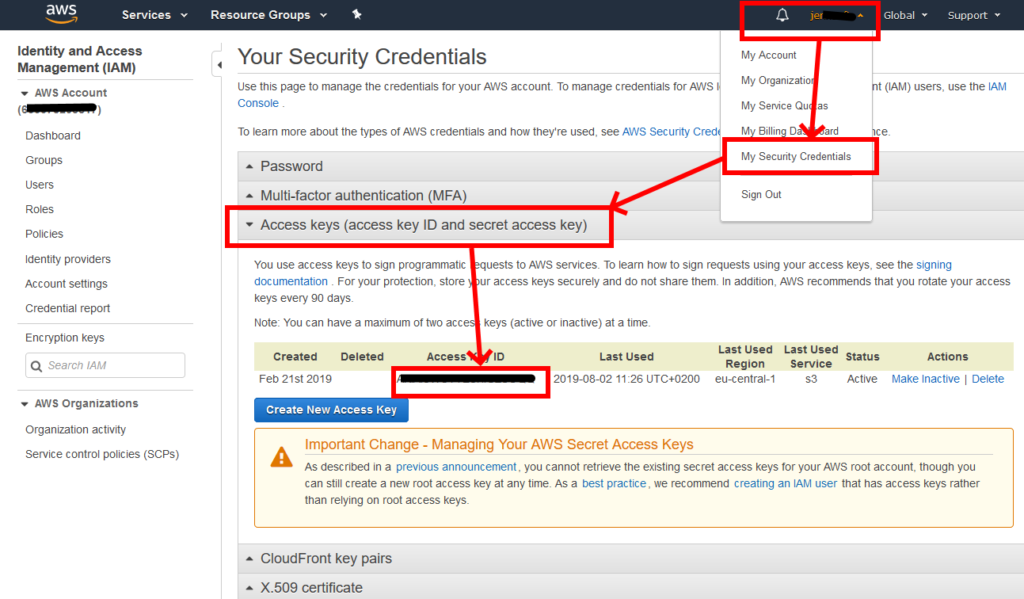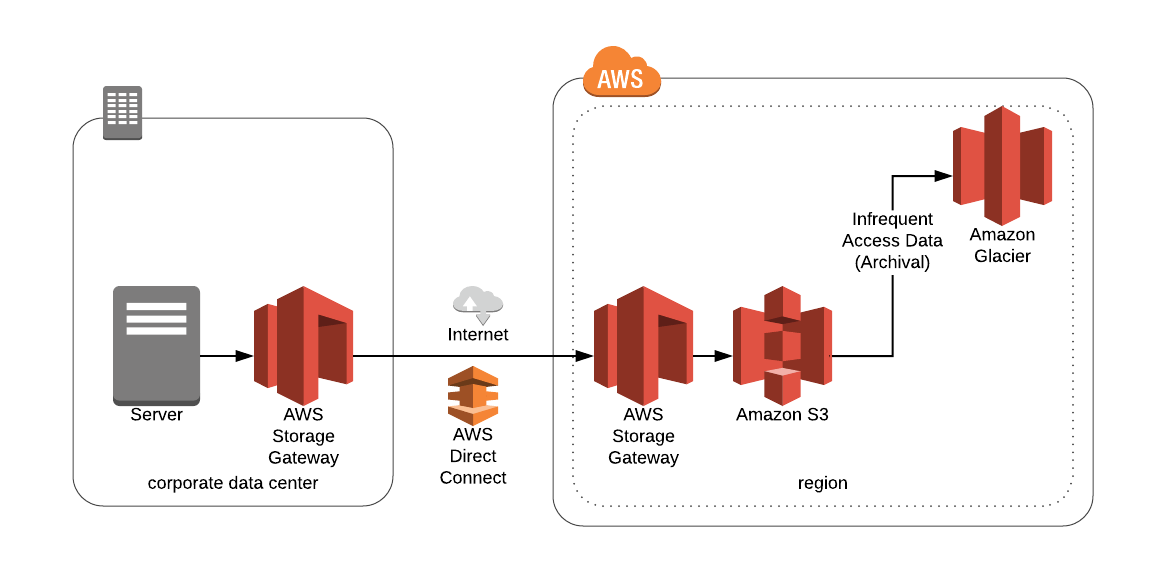
Amazon S3 offers access policy options broadly categorized as resource-based policies and user policies. Access policies that you attach to your resources (buckets and objects) are referred to as resource-based policies. For example, bucket policies and access control lists (ACLs) are resource-based policies. Access control defines who can access objects and buckets within Amazon S3, and the type of access (for example, READ and WRITE). The authentication process verifies the identity of a user who is trying to access Amazon Web Services (AWS). Managing access control in Amazon S3 continues to be a challenge for many companies. With the constant press surrounding organizations unintentionally exposing their objects in S3, It is important to highlight the fundamental access controls provided by AWS to correctly define access to your S3 buckets and the objects it stores. Amazon S3 Access Points How do S3 Access Points work? Each S3 Access Point is configured with an access policy specific to a use case or application. For example, you can create an access point for your S3 bucket that grants access for groups of users or applications for your data lake. Amazon S3 Security Access Controls. There are 3 ways to control access to your data stored in S3 – S3 Access Control Lists (ACLs), S3 Bucket Policies and User based policies. S3 Access Control Lists – There are 2 types of S3 ACLs – Bucket and Object. Bucket ACLs allow you to control access at the bucket level, and Object ACLs control.

Customers increasingly use Amazon S3 to store shared data sets, where data is aggregated and accessed by different applications, teams and individuals, whether for analytics, machine learning, real-time monitoring, or other data lake use cases. Managing access to this shared bucket requires a single bucket policy that controls access for dozens to hundreds of applications with different permission levels. As an application set grows, the bucket policy becomes more complex, time consuming to manage, and needs to be audited to make sure that changes don’t have an unexpected impact on another application.
Amazon S3 Access

Amazon S3 Access Control Lists

Amazon S3 Access Point

Amazon S3 Access Image By Url
Amazon S3 Access Points, a feature of S3, simplify data access for any AWS service or customer application that stores data in S3. With S3 Access Points, customers can create unique access control policies for each access point to easily control access to shared datasets. Customers with shared data sets including data lakes, media archives, and user-generated content can easily scale access for hundreds of applications by creating individualized access points with names and permissions customized for each application. Any access point can be restricted to a Virtual Private Cloud (VPC) to firewall S3 data access within customers’ private networks, and AWS Service Control Policies can be used to ensure all access points are VPC restricted. S3 Access Points are available in all regions at no additional cost.



